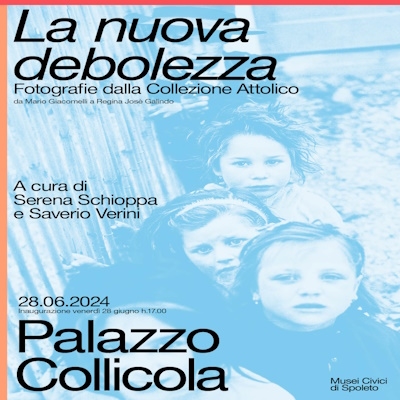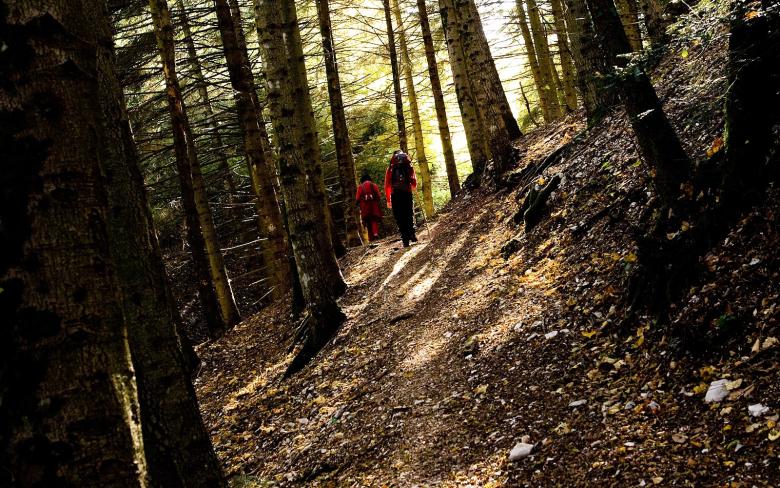What we eat in Umbria at Easter: the typical foods of this holiday
At Easter, Umbria is bound to its traditions: breakfast and lunch are the main events of this day, during which to eat foods and dishes from Umbria’s rich gastronomic culture, some with a symbolic value linked to the Resurrection.
The Easter breakfast
The undisputed star of the Easter breakfast is the Torta di Pasqua (Easter cake), a tall, soft savoury pizza made with eggs, flour and various cheeses, baked in a wood-fired oven after a long leavening process. On the table, next to the cake there are always cold cuts, such as capocollo and prosciutto, bread, wine and, in the Perugino, ciaramicola.
Hard-boiled eggs are the other stars of the Easter breakfast, perhaps boiled with onion skins and other ingredients placed in contact with the shell to create a design, such as violets or parsley leaves. A simple and natural way to add a splash of colour! Today, chocolate ones are also used.
After setting the table, the banquet begins, cheerfully accompanied by a glass of wine, perhaps a structured white (such as an aged Grechetto), or a red (Colli del Perugino), a foretaste of the following Easter lunch.
Lunch
The day continues with a hearty lunch that usually opens with a tasty first course of home-made pasta. Depending on the area, the most common are meat-filled “agnolotti”, tagliatelle, pappardelle, or strangozzi spoletini.
This is followed by a second course of lamb, such as roast leg, fried ribs, lamb in fricassee or truffled, and finally lamb offal.
The Easter lunch concludes with the typical desserts of this period. In the Perugia area, one cannot miss the ciaramicola, a special type of ring cake or “torcolo”, enriched with alchermes, the red liqueur of sweets that also gives an unmistakable colour to the dough, covered with meringue icing and confettini. Its colours, red and white, symbolically recall those of the city and, according to tradition, it also represented love because it was given by girls to their boyfriends on Easter Day. The recommended wine to accompany this cake is an Orvieto doc muffa nobile or Trebbiano and Grechetto.
The sweet Easter cake, flavoured with lemon peel and cinnamon, is instead typical of the Orvieto, Valnerina and Trasimeno areas.
Lastly, among the lunchtime sweets are chocolate eggs or colomba, which, although not exclusively typical of Umbria, have become part of the Easter traditions of the entire region because of their shape, which again embodies the message of rebirth, peace and resurrection conveyed by this festivity.




































